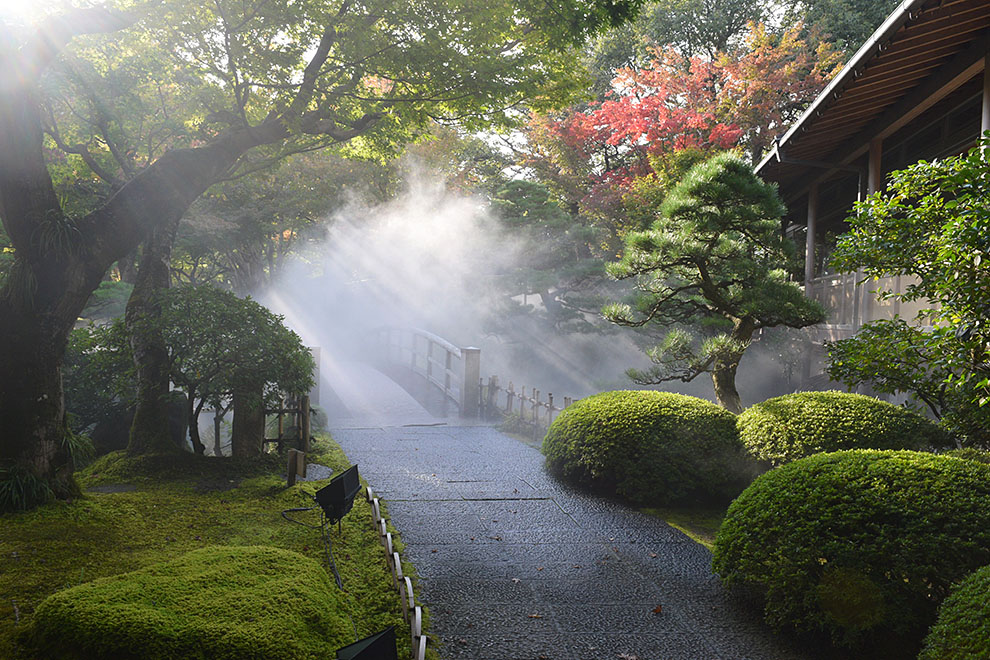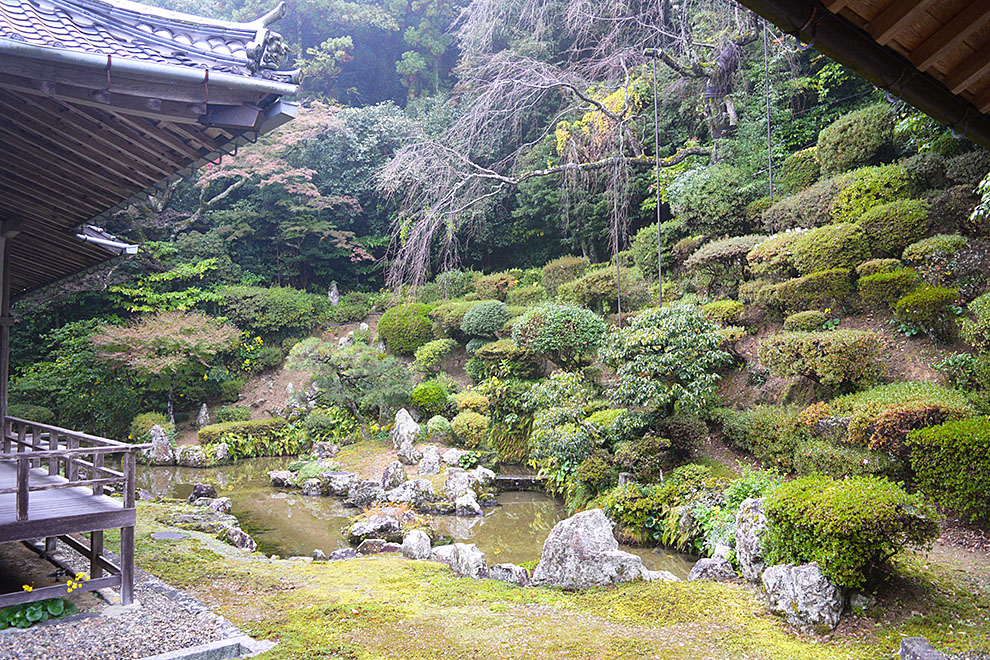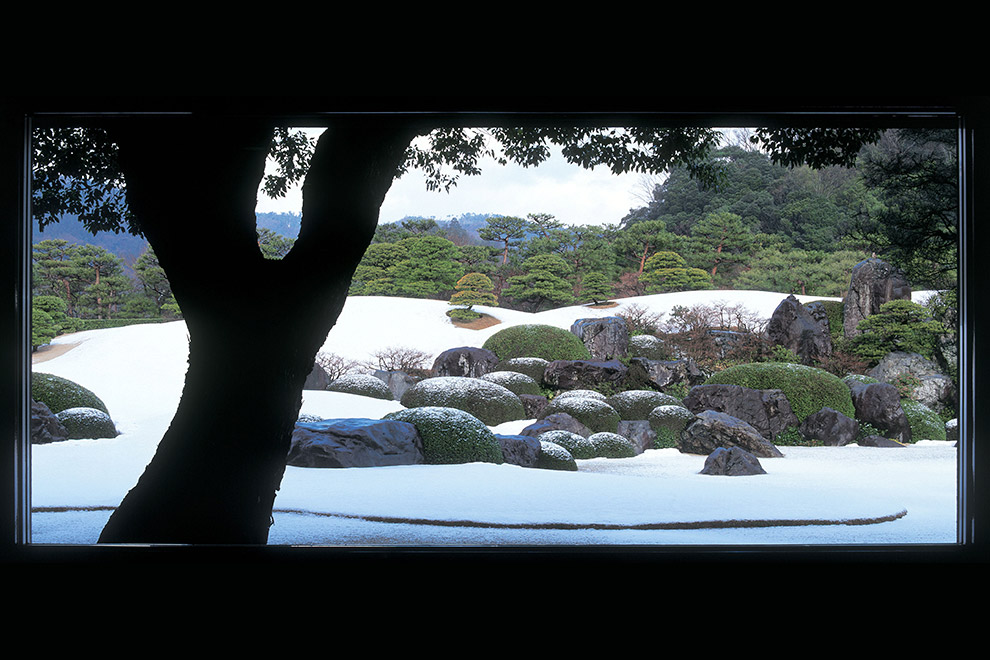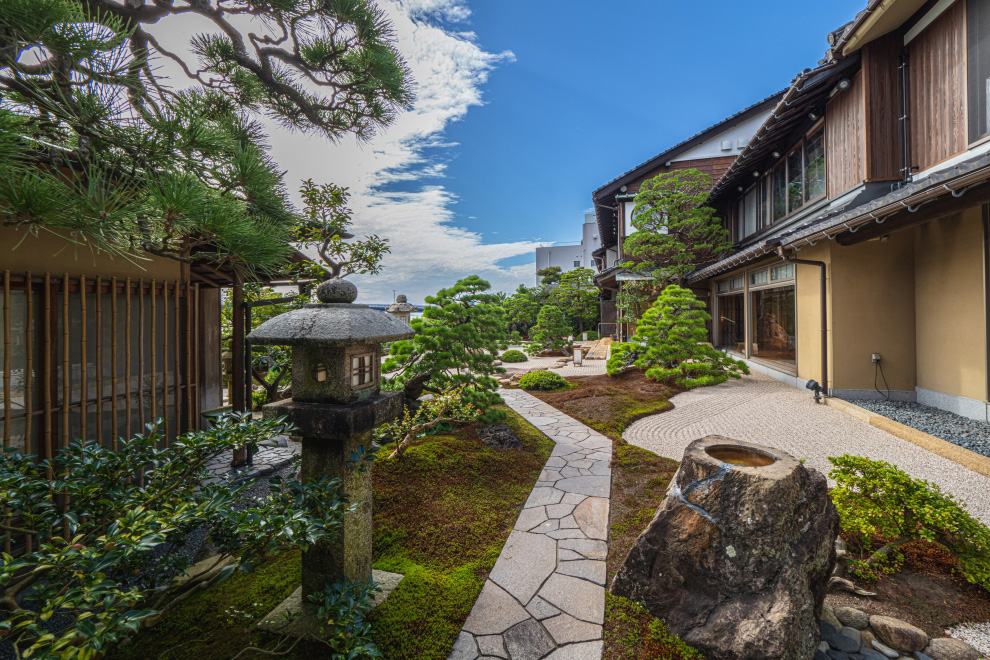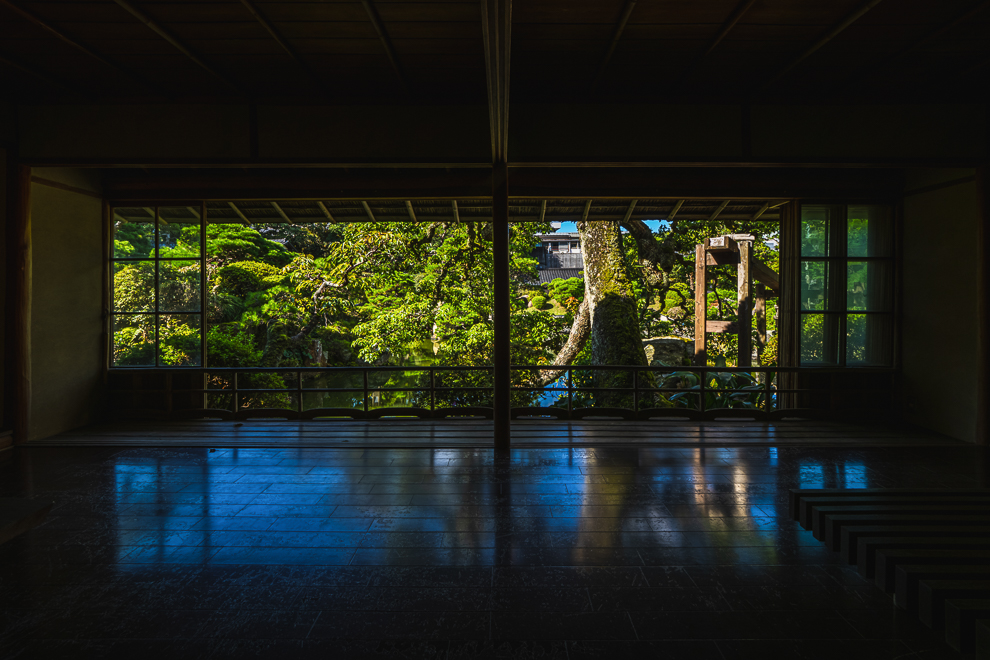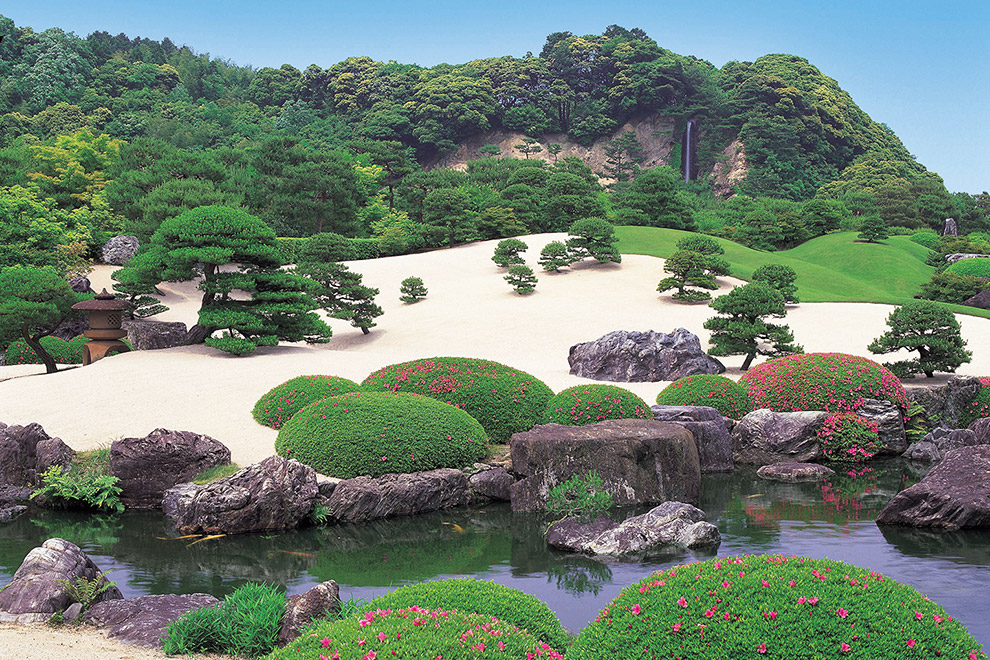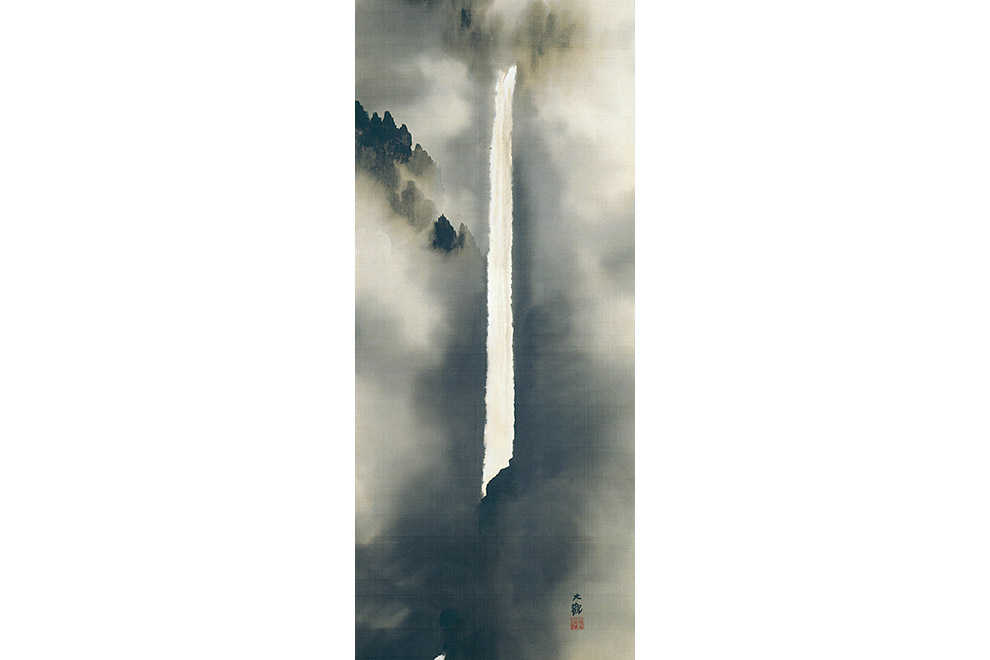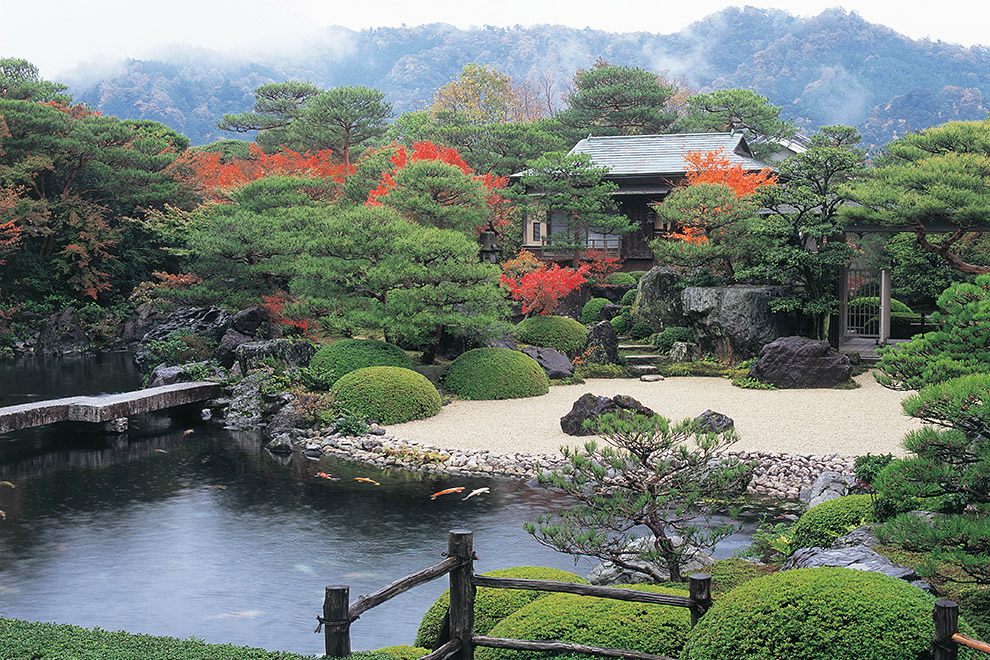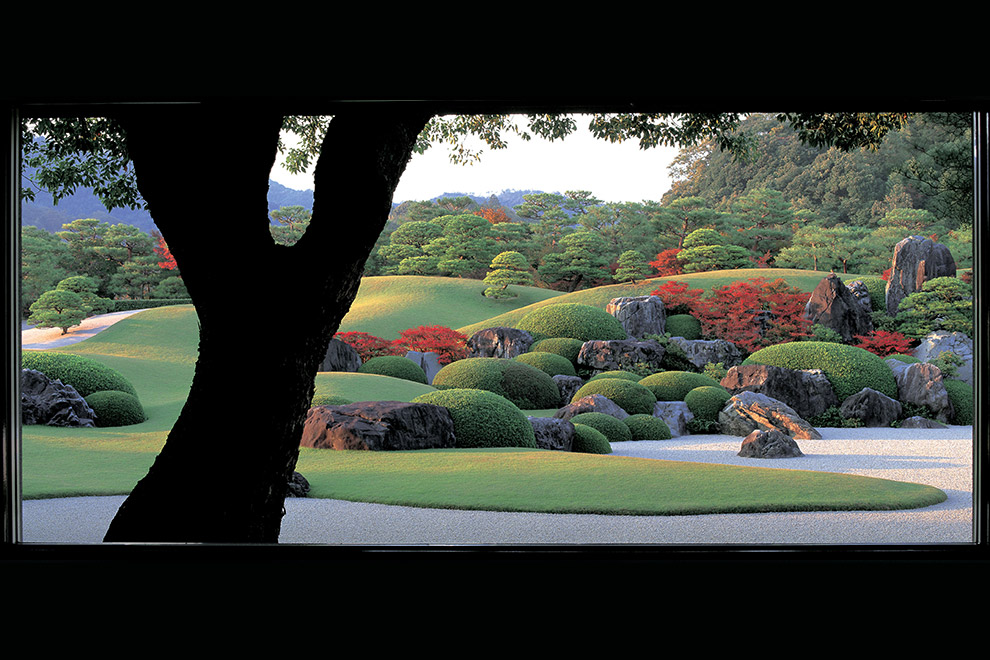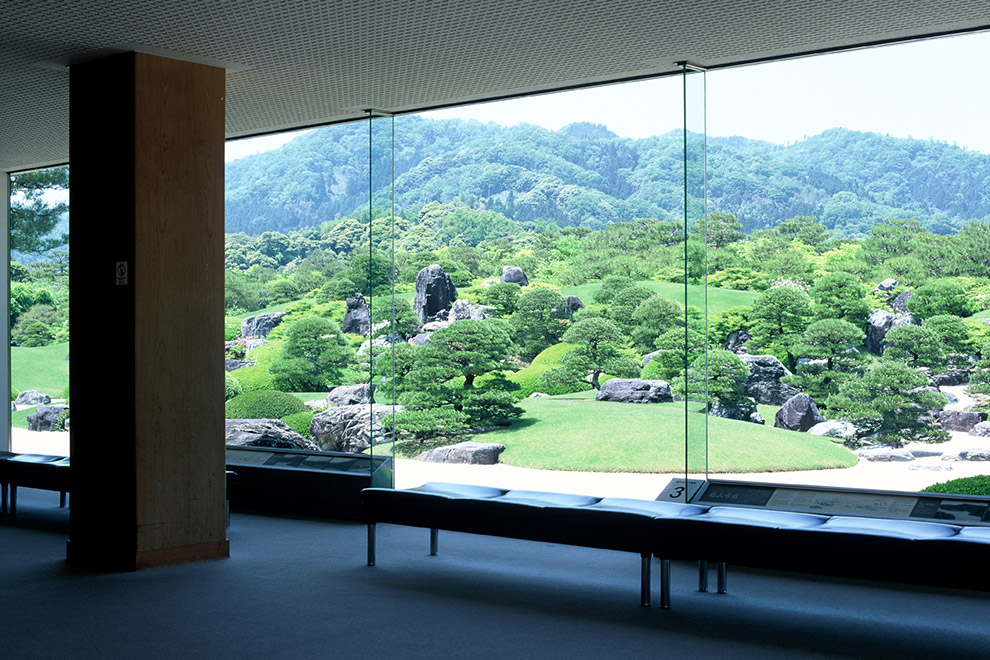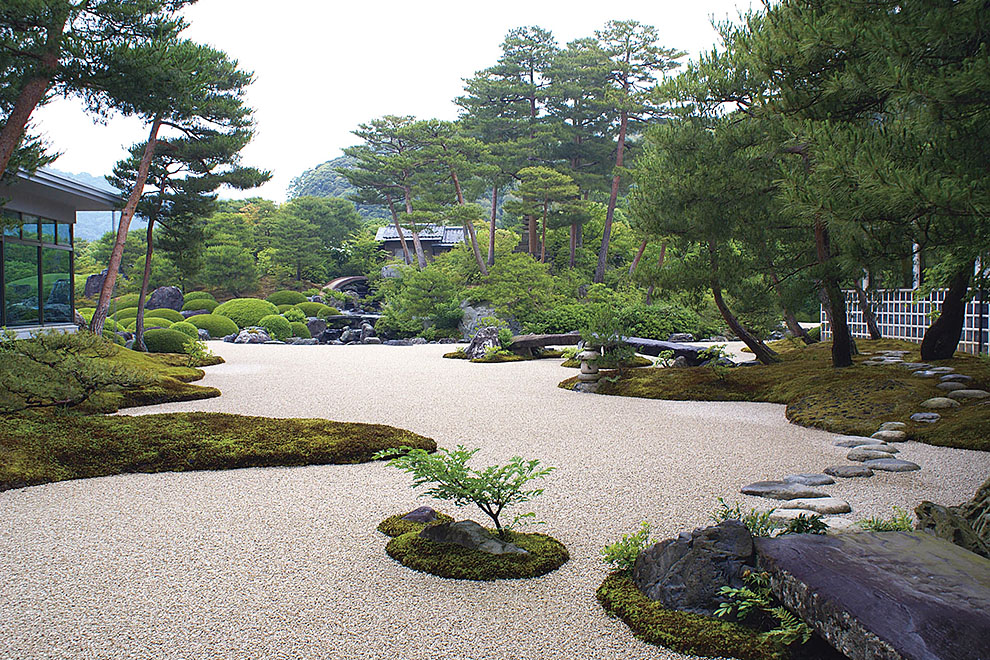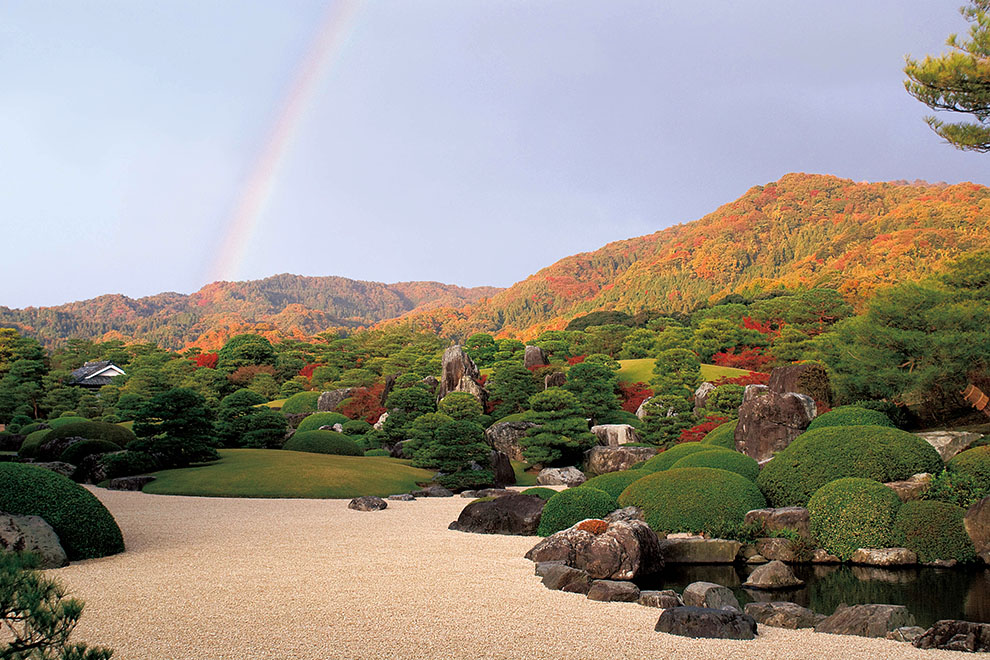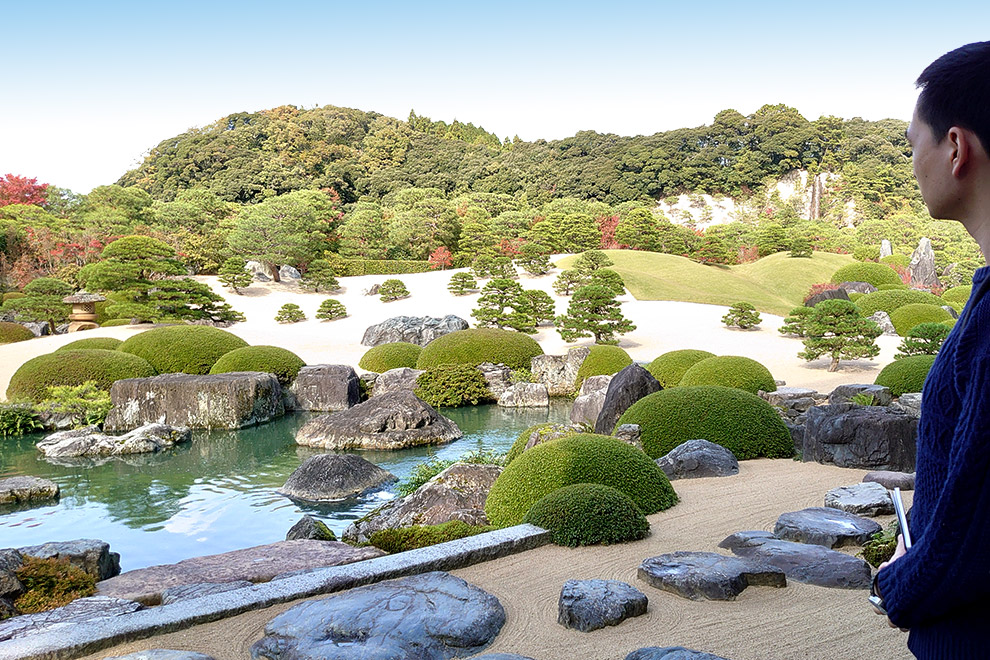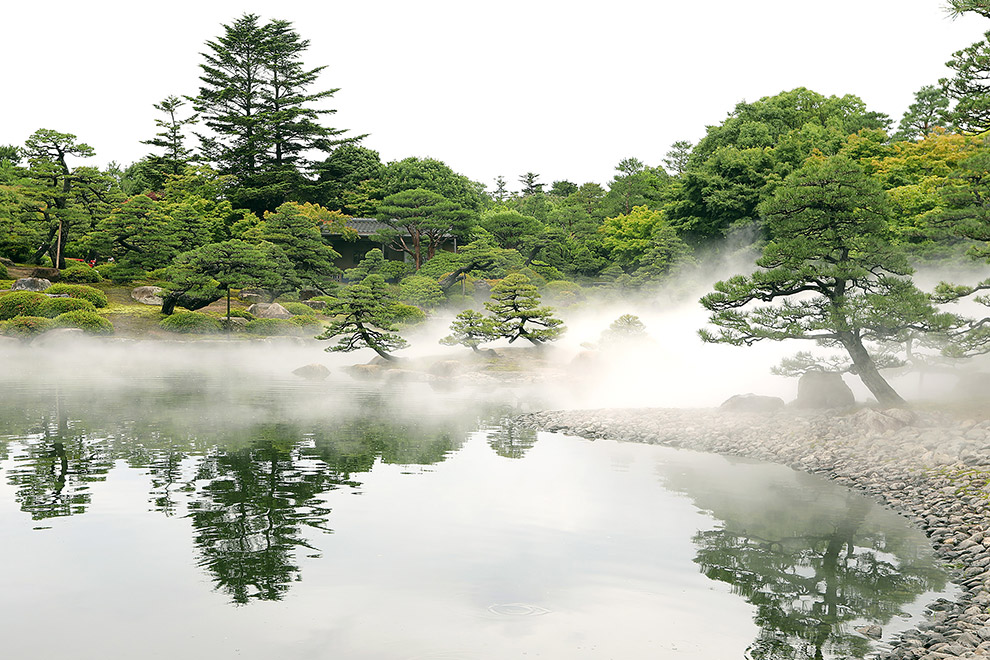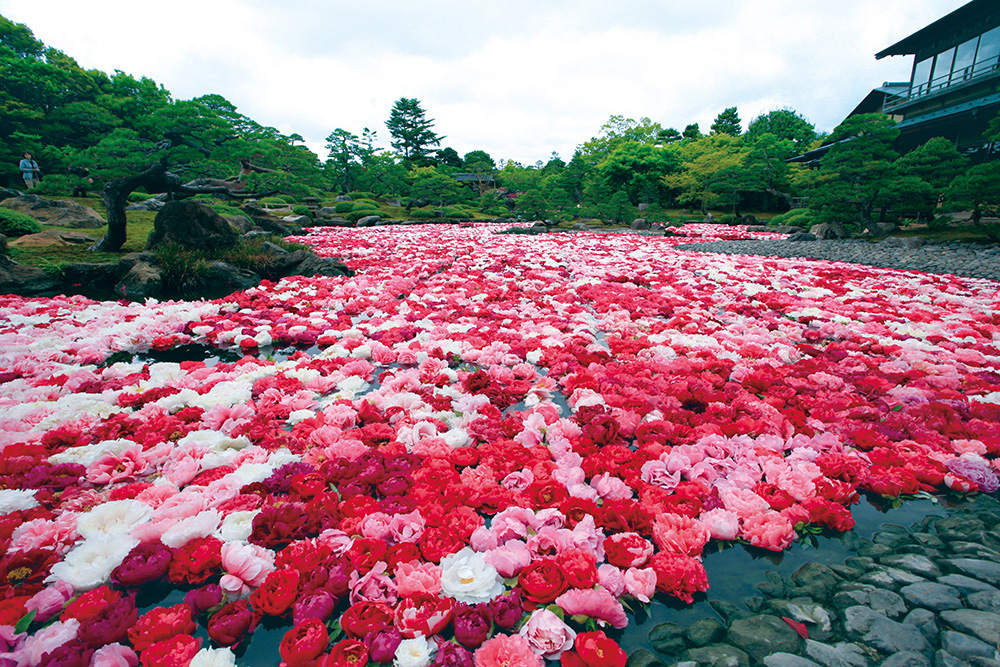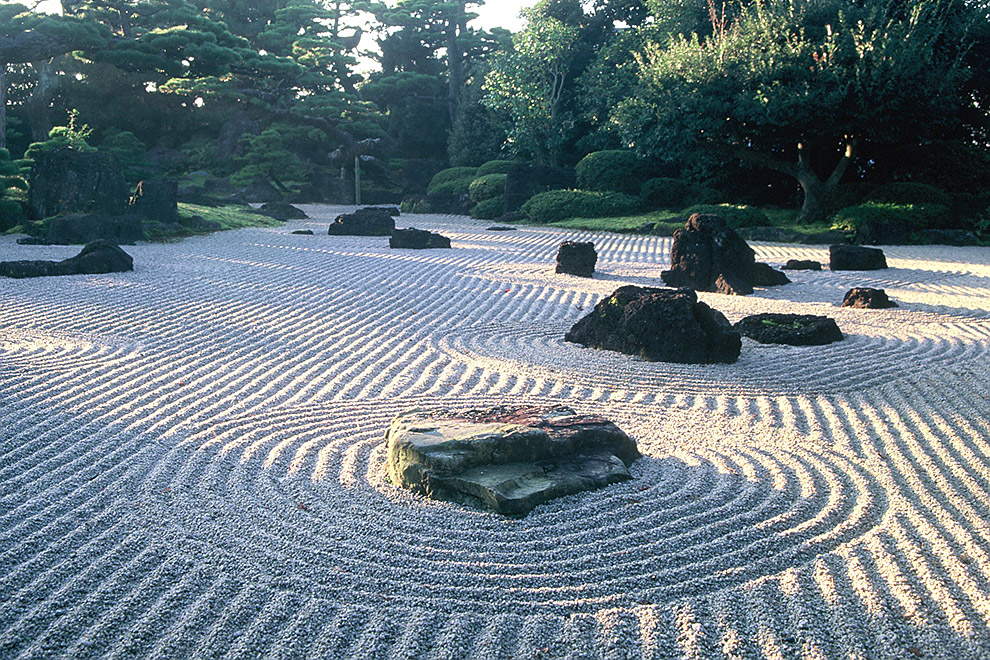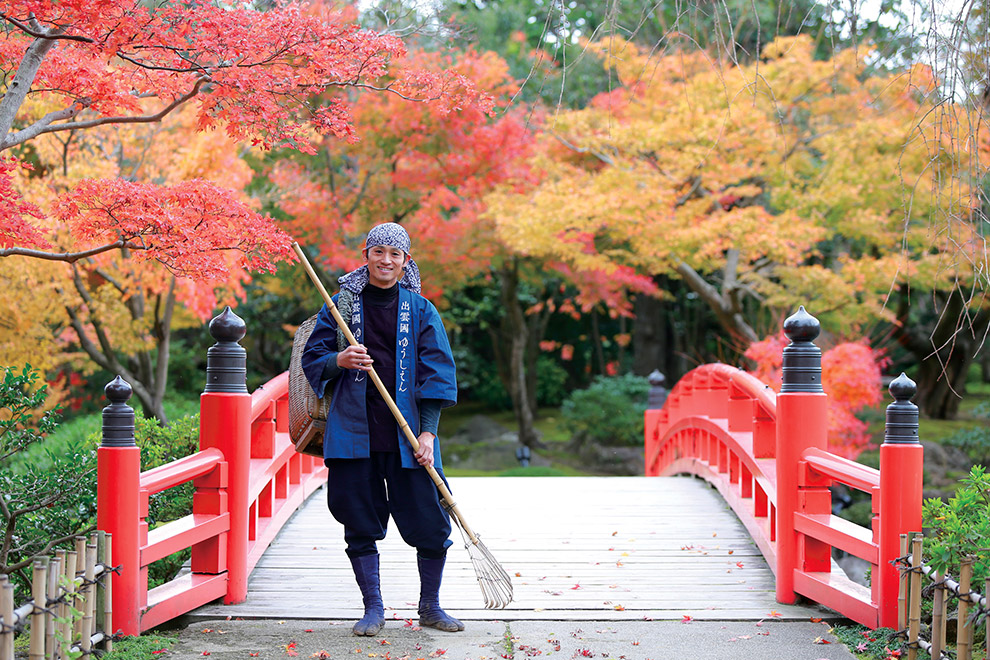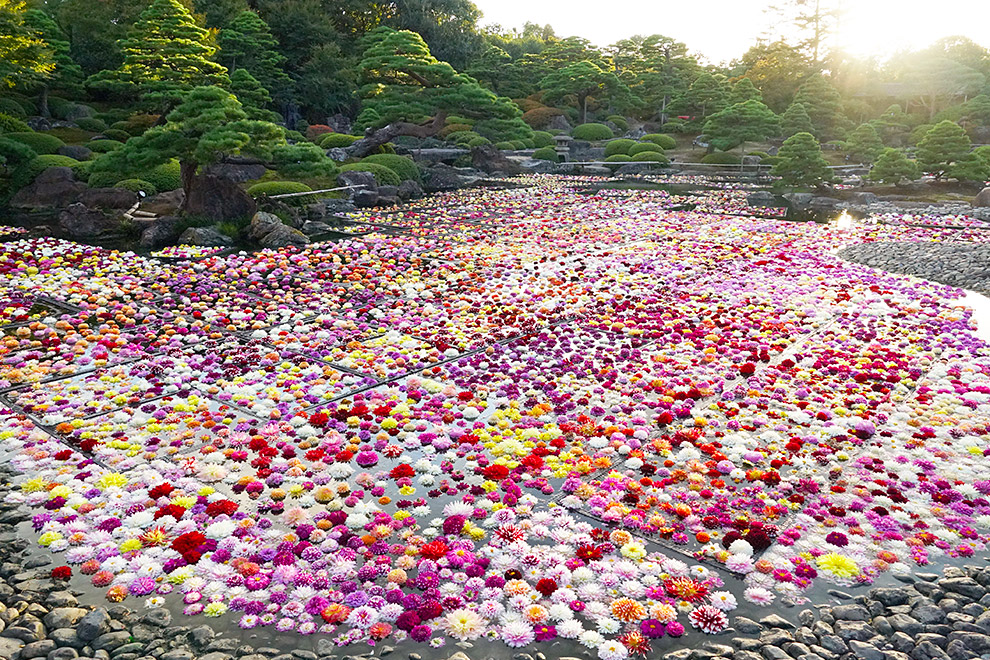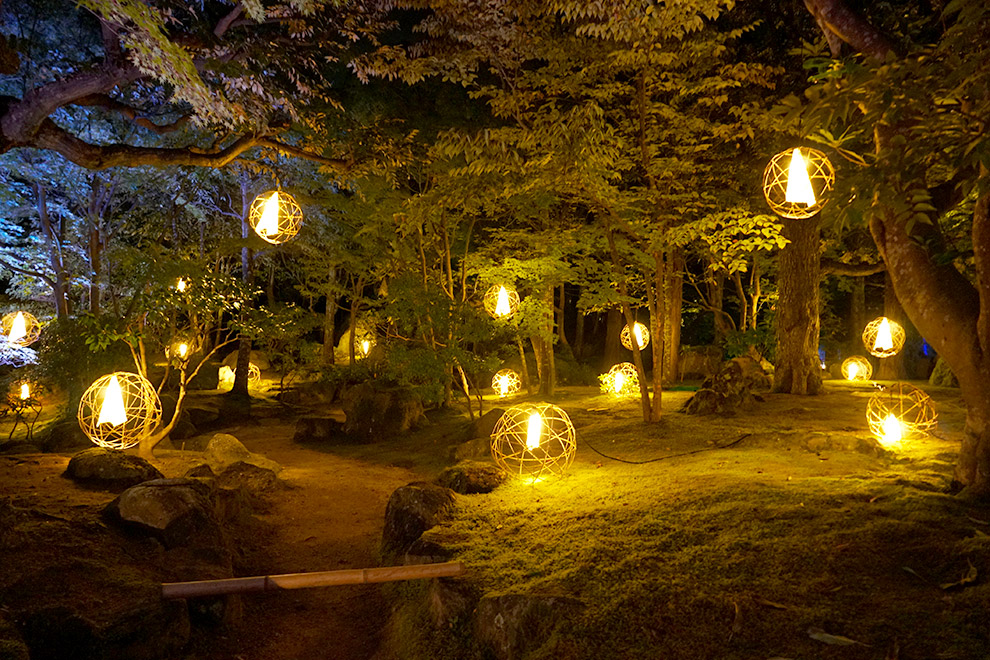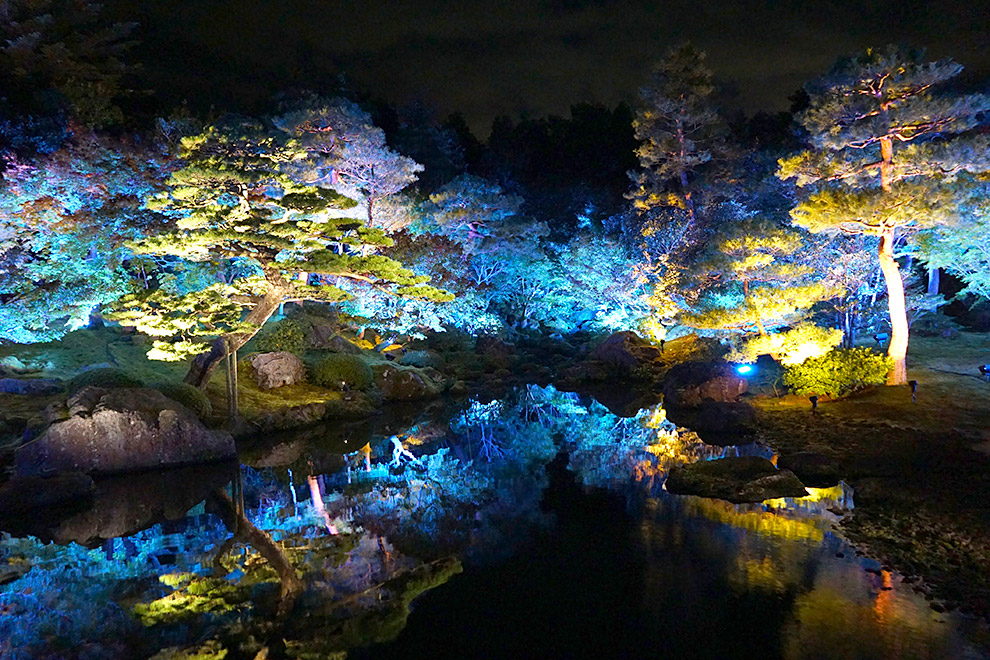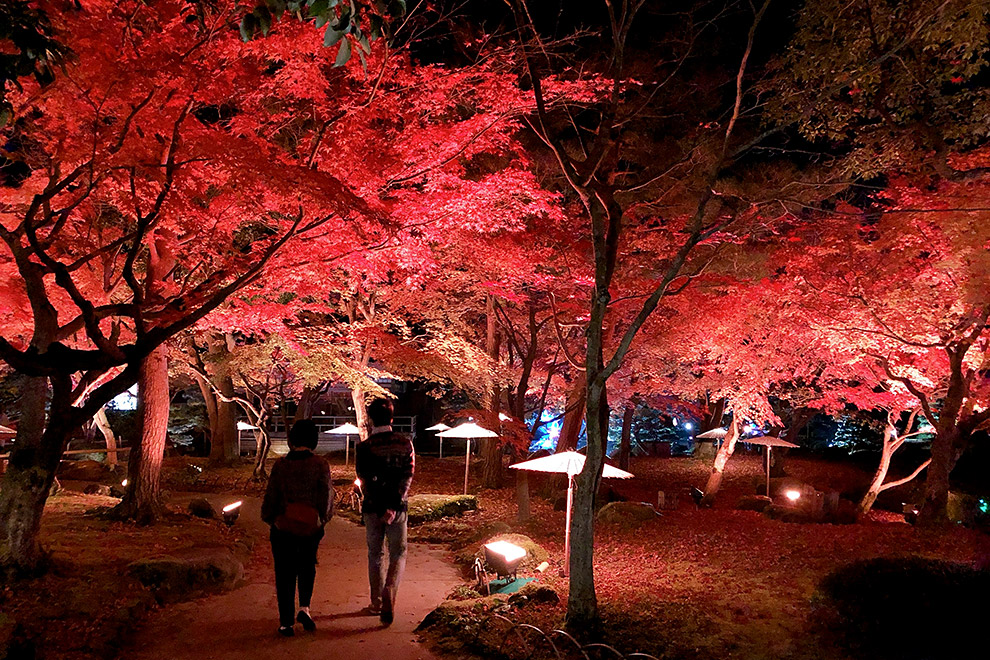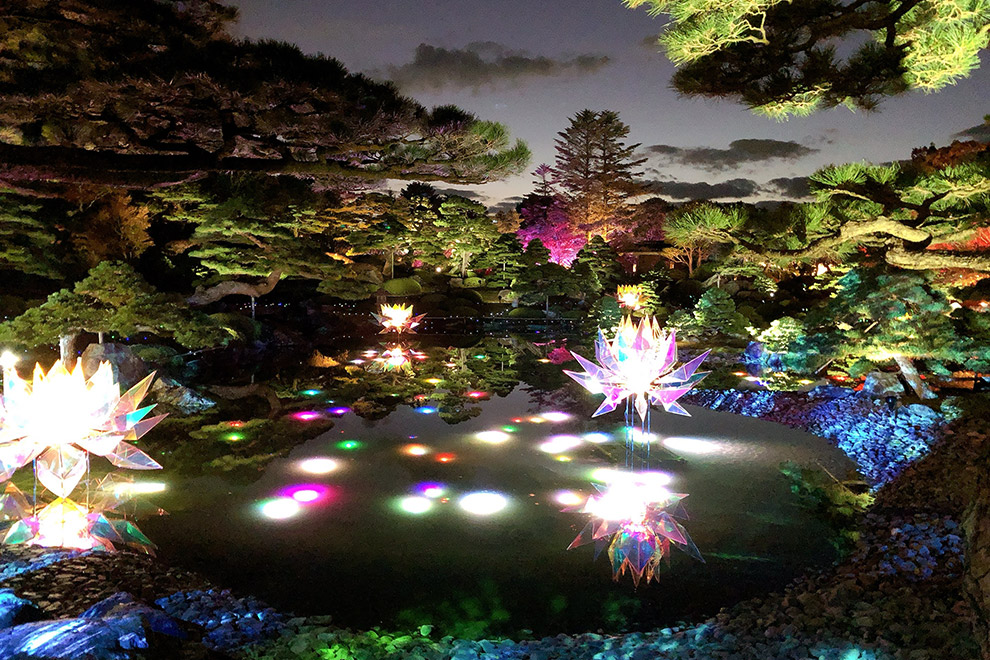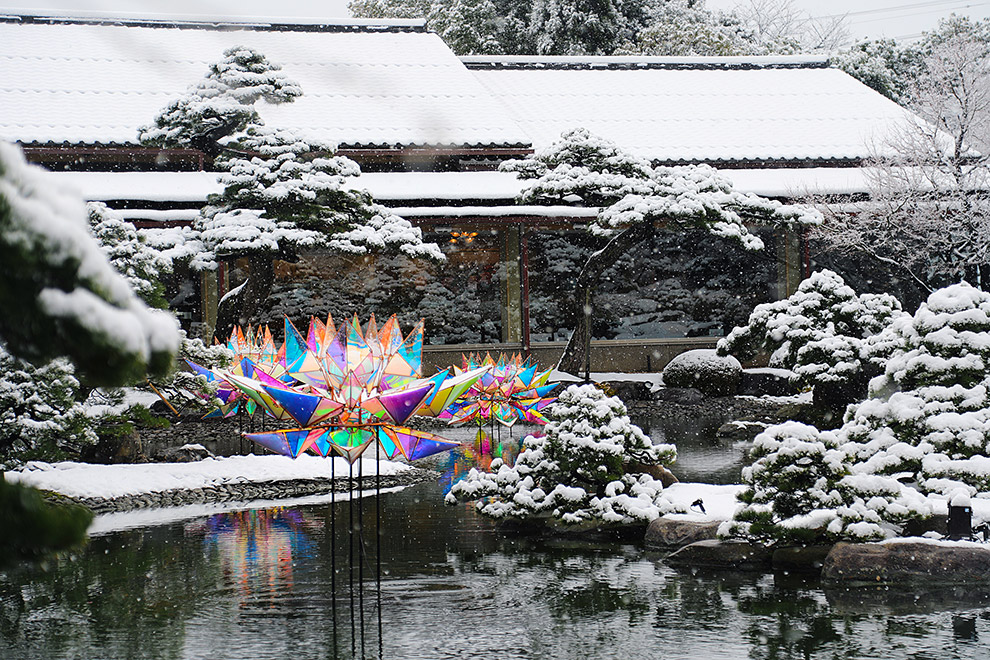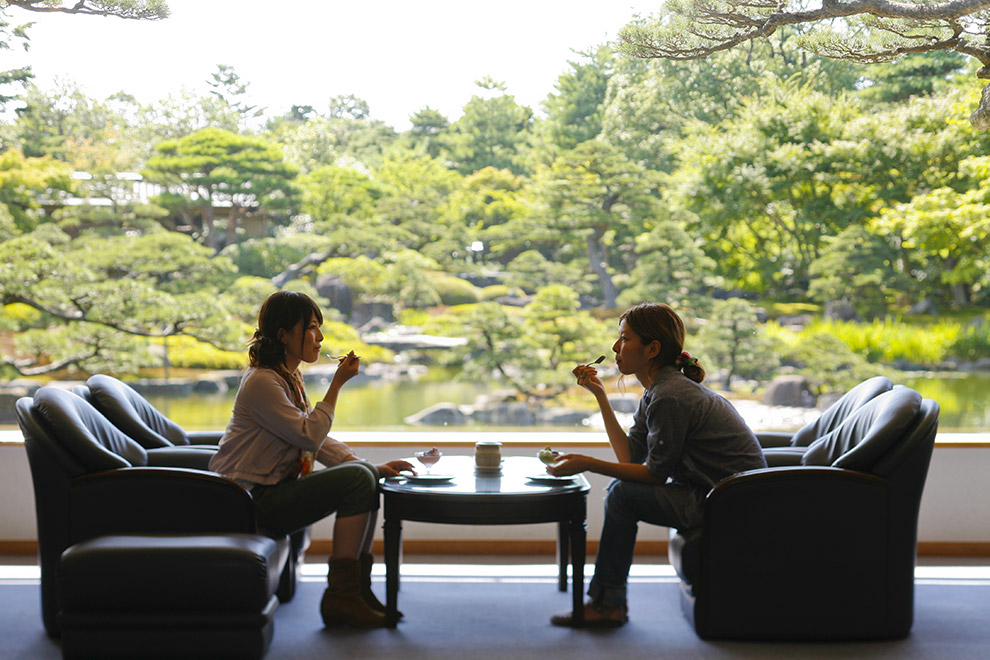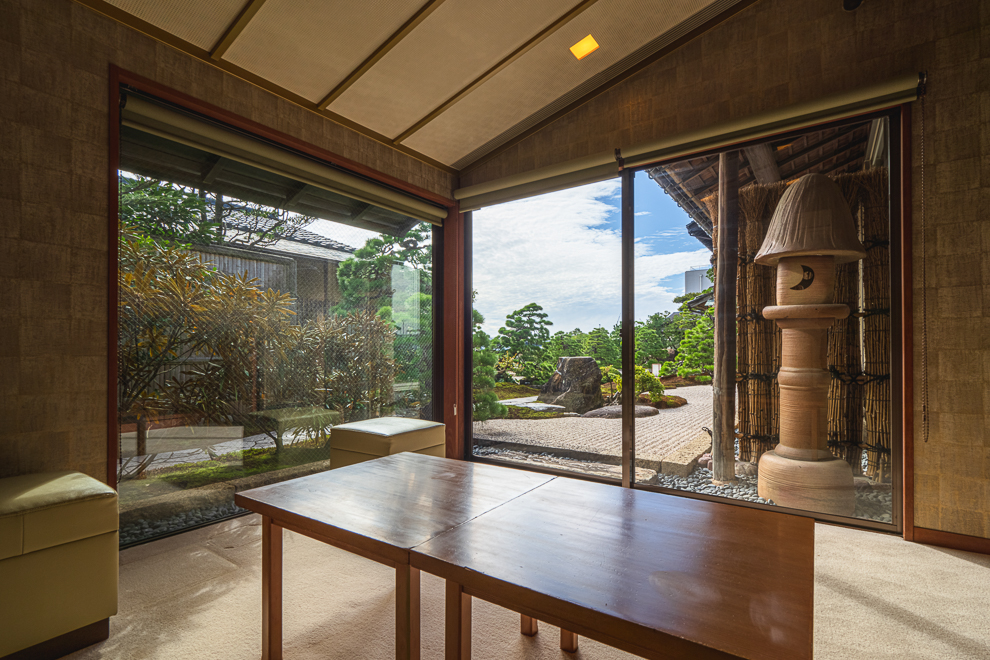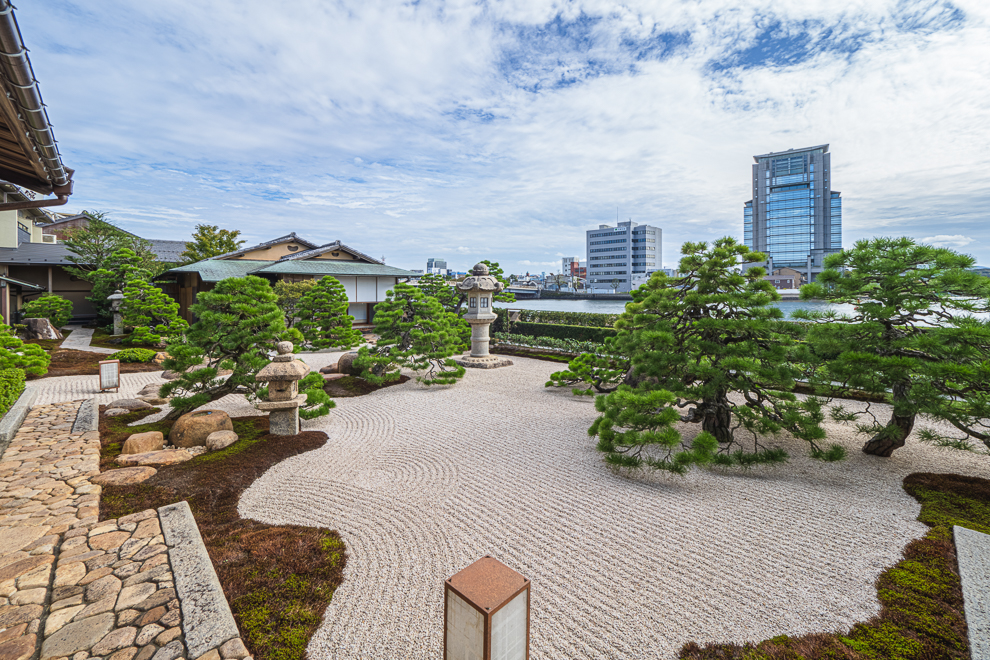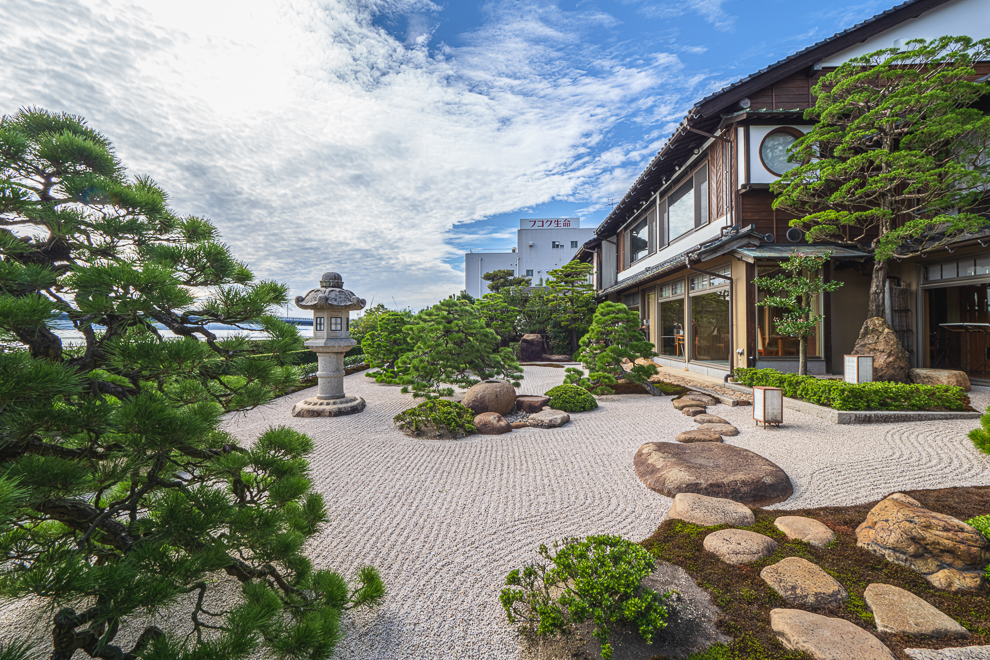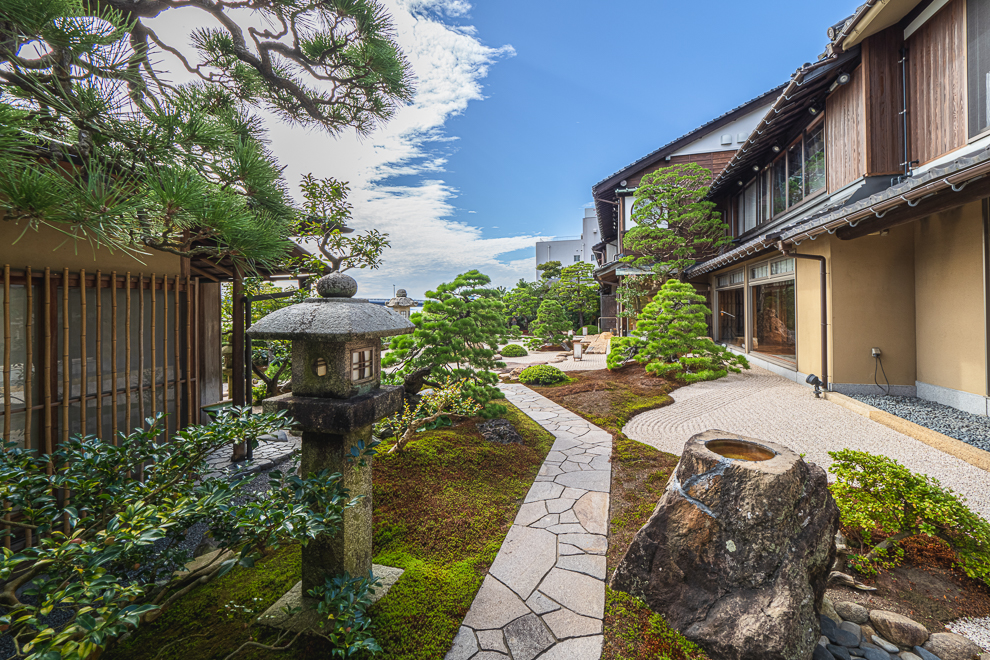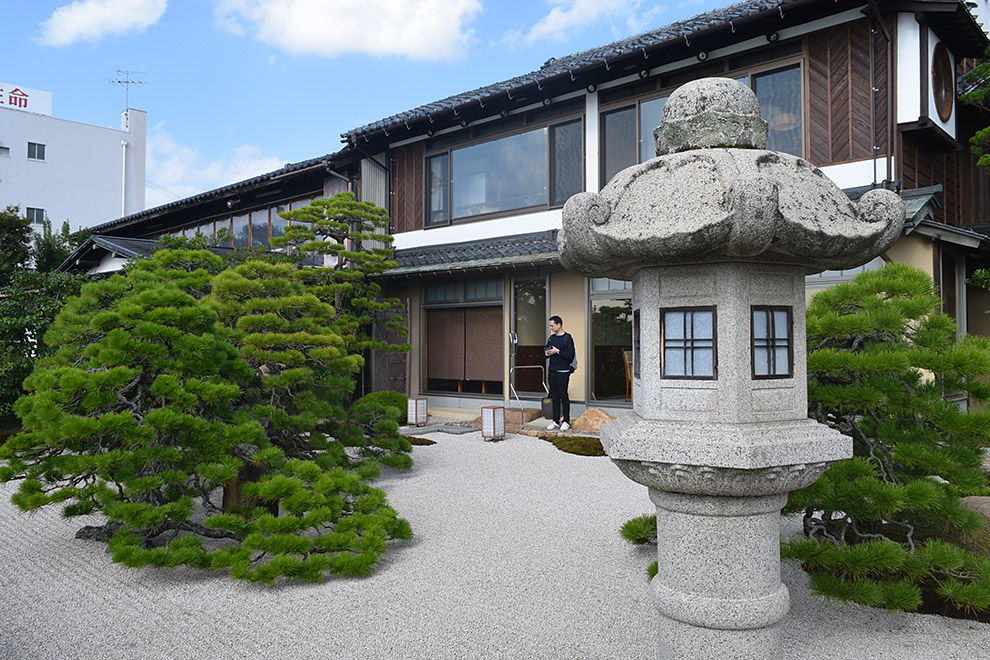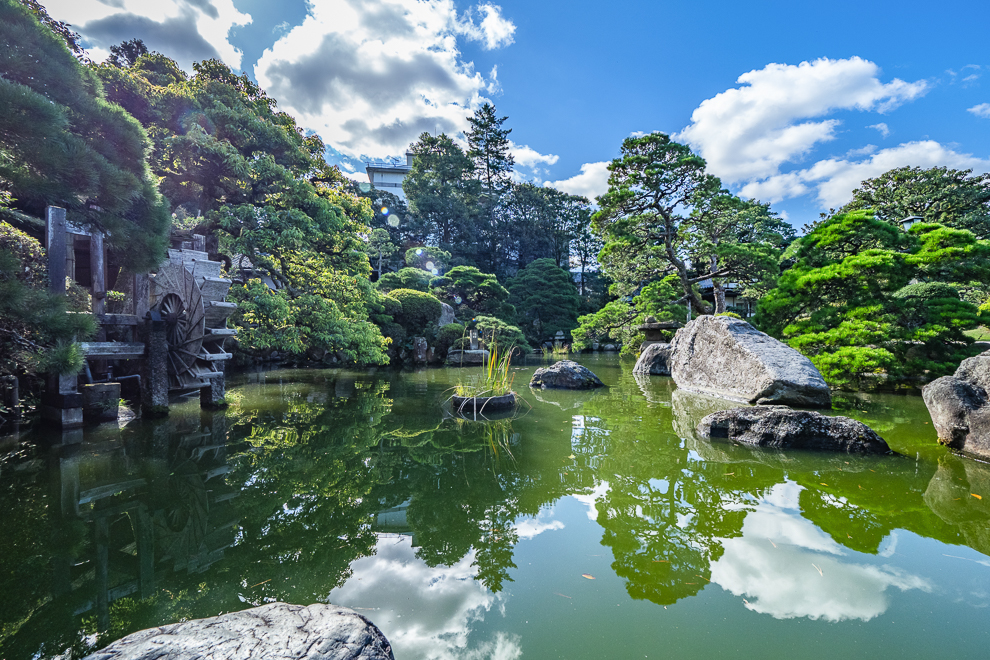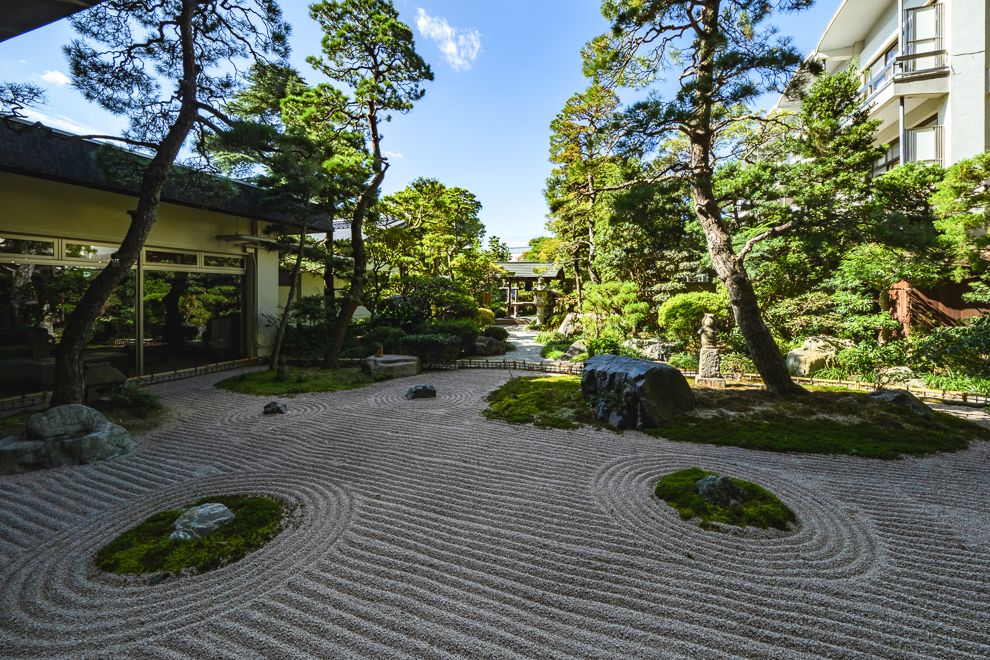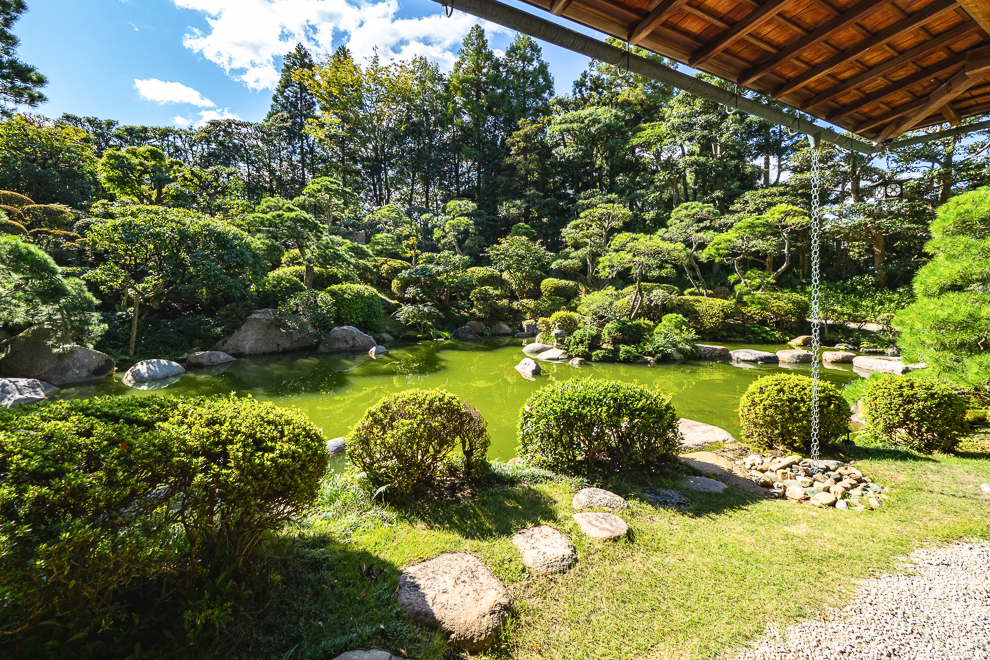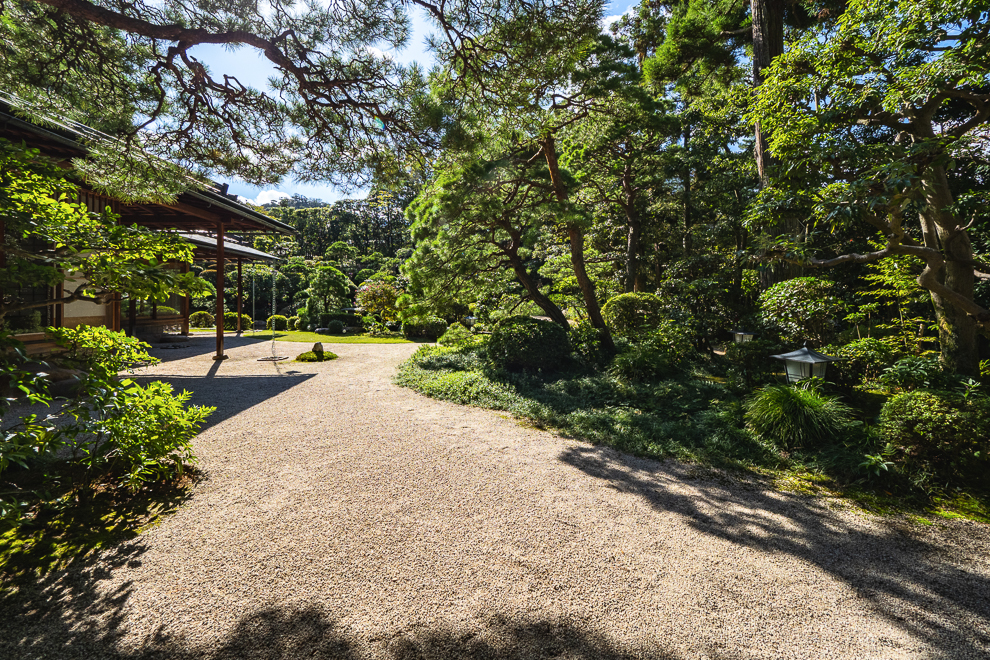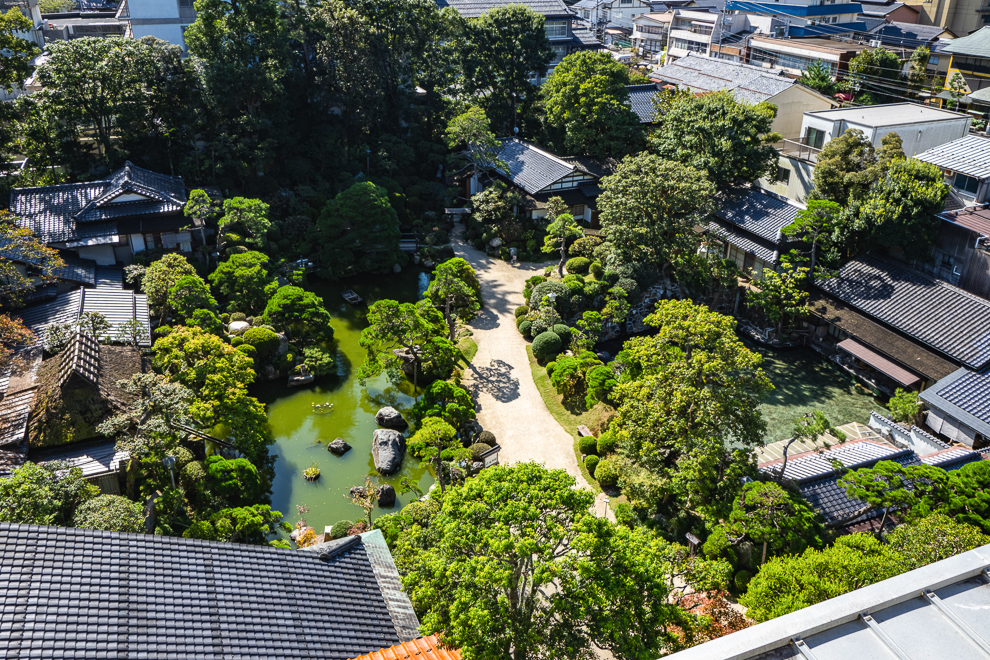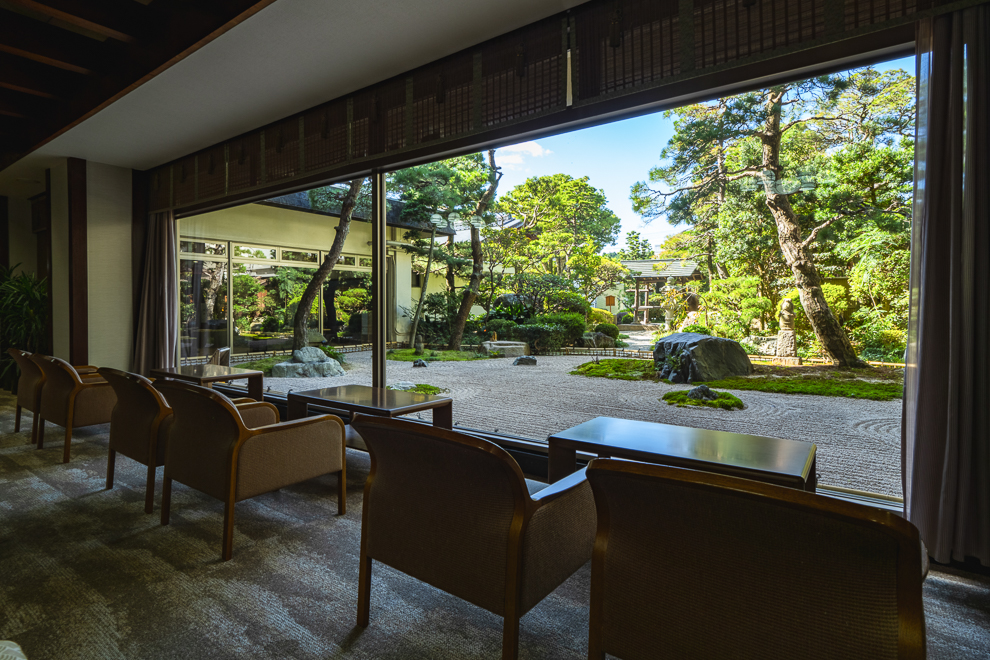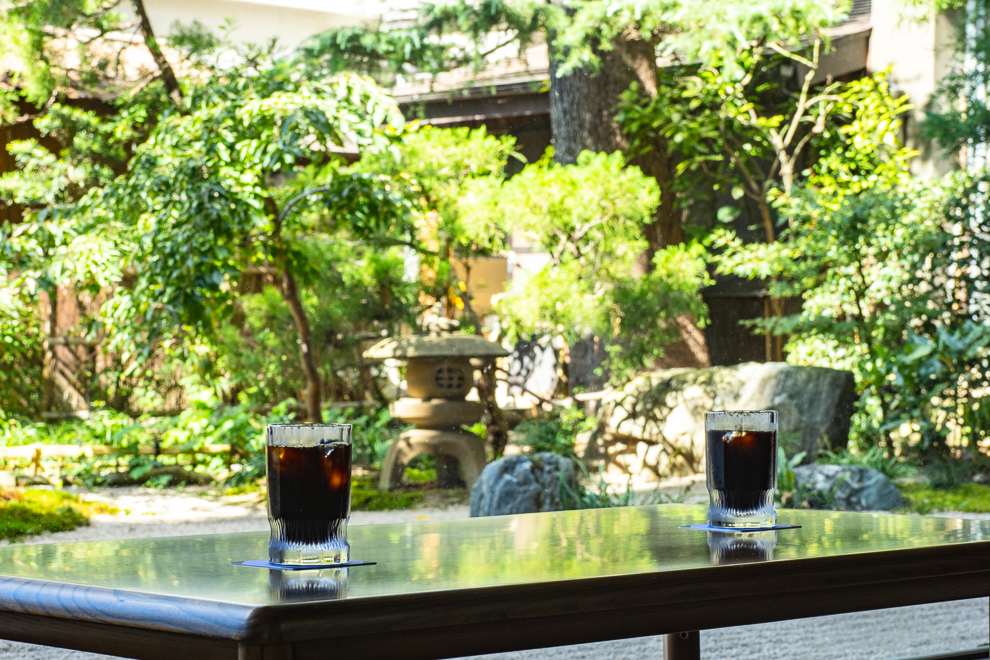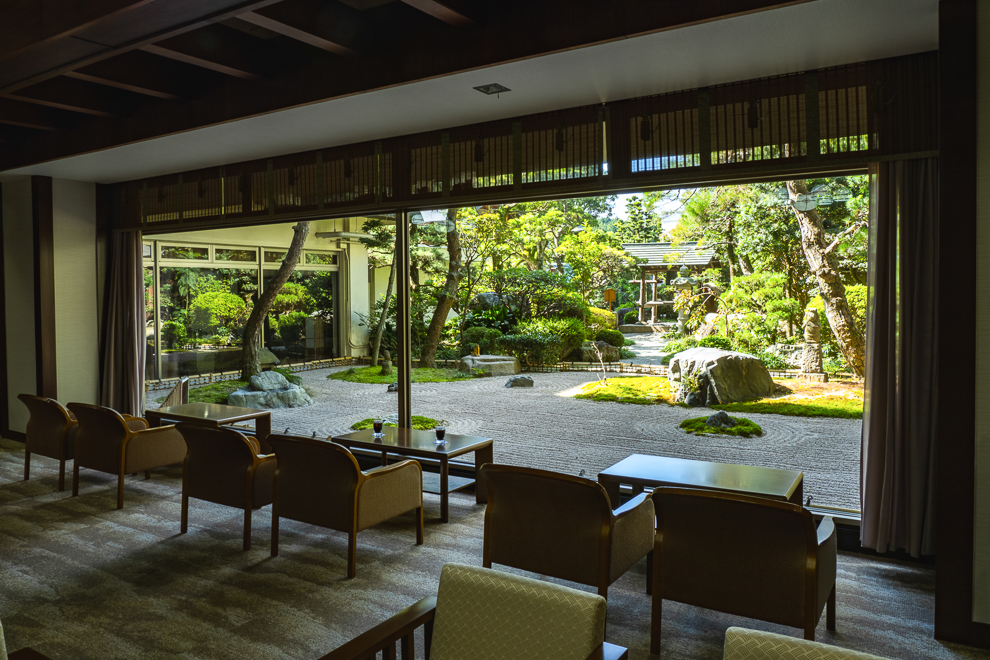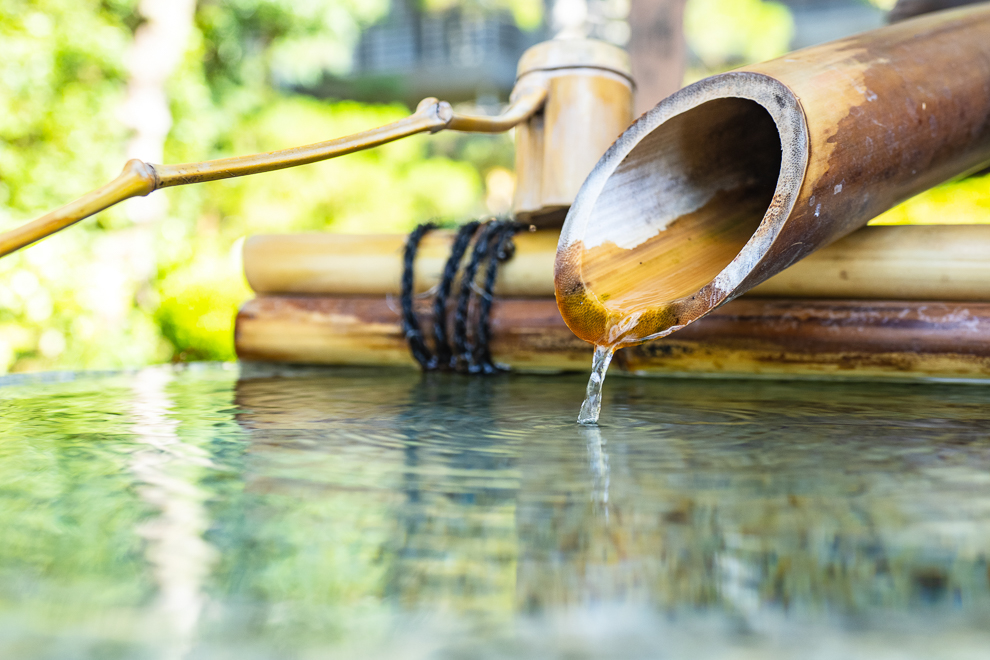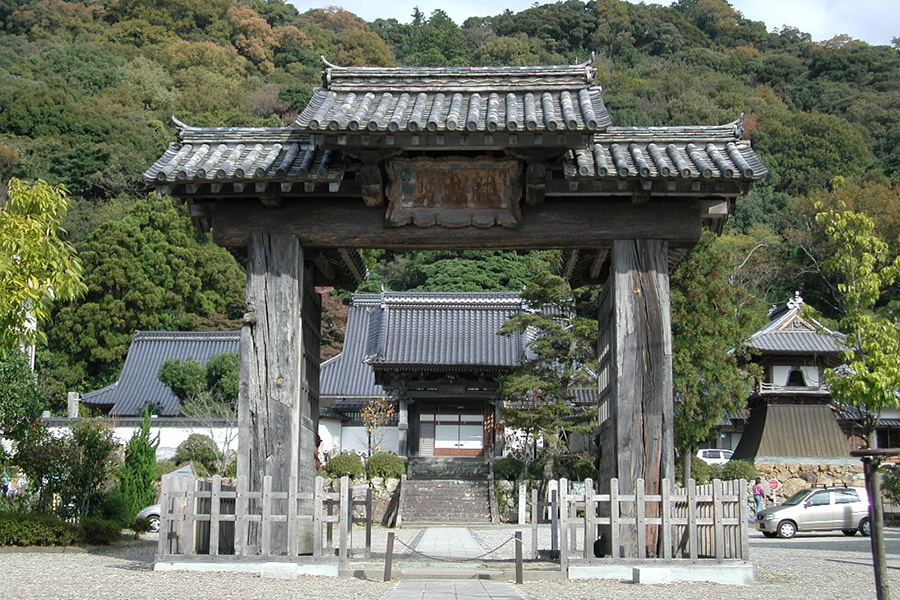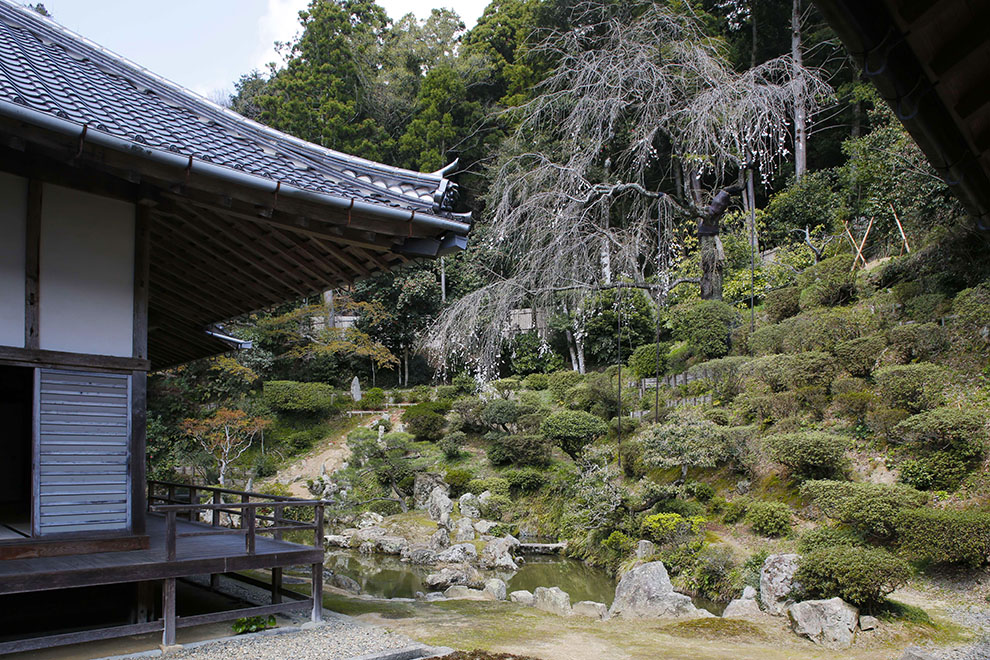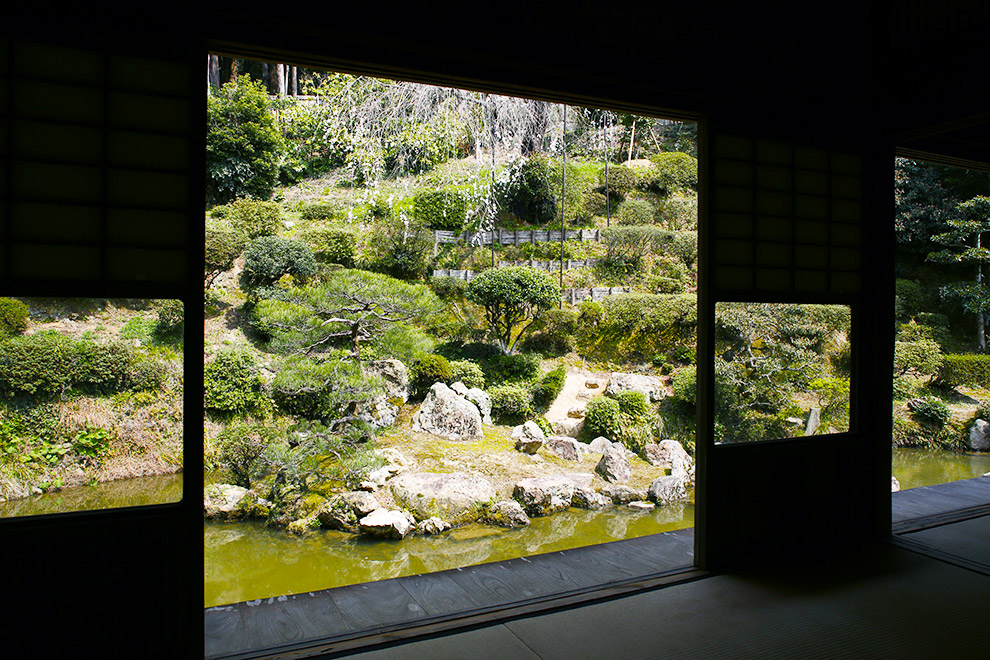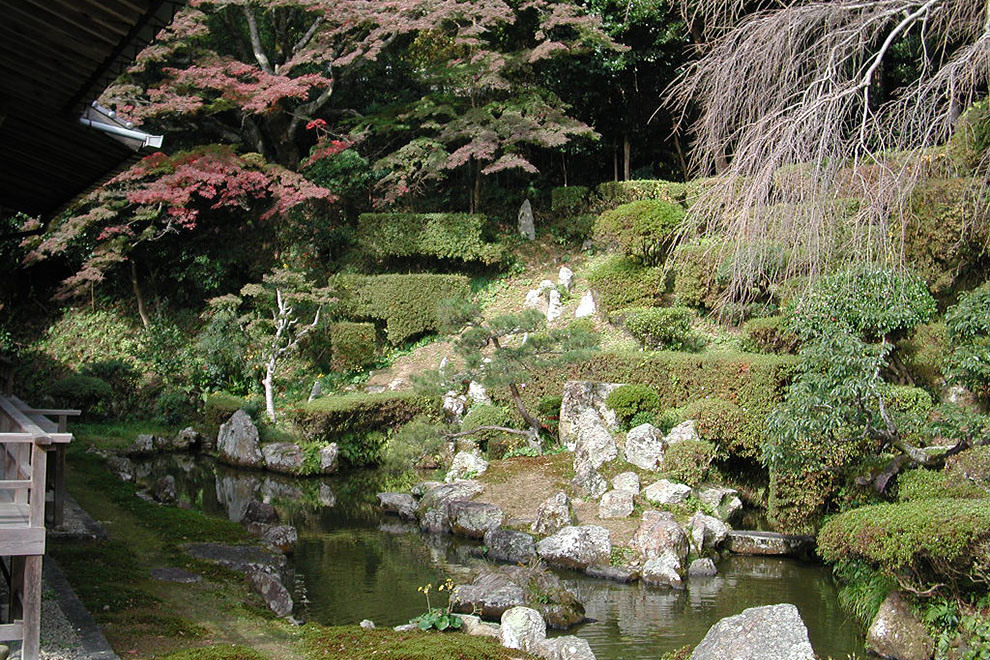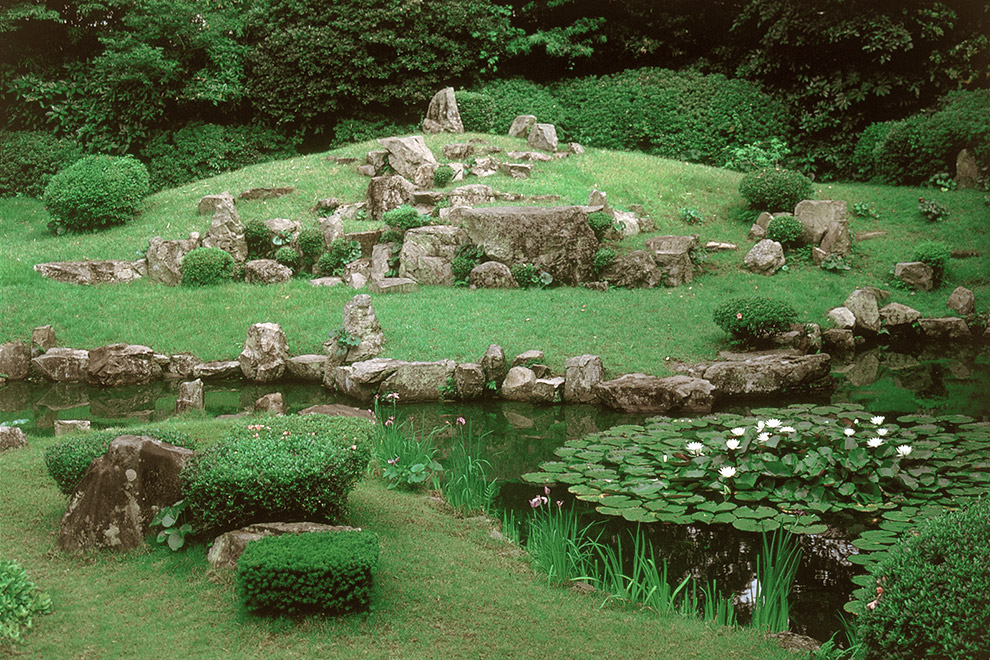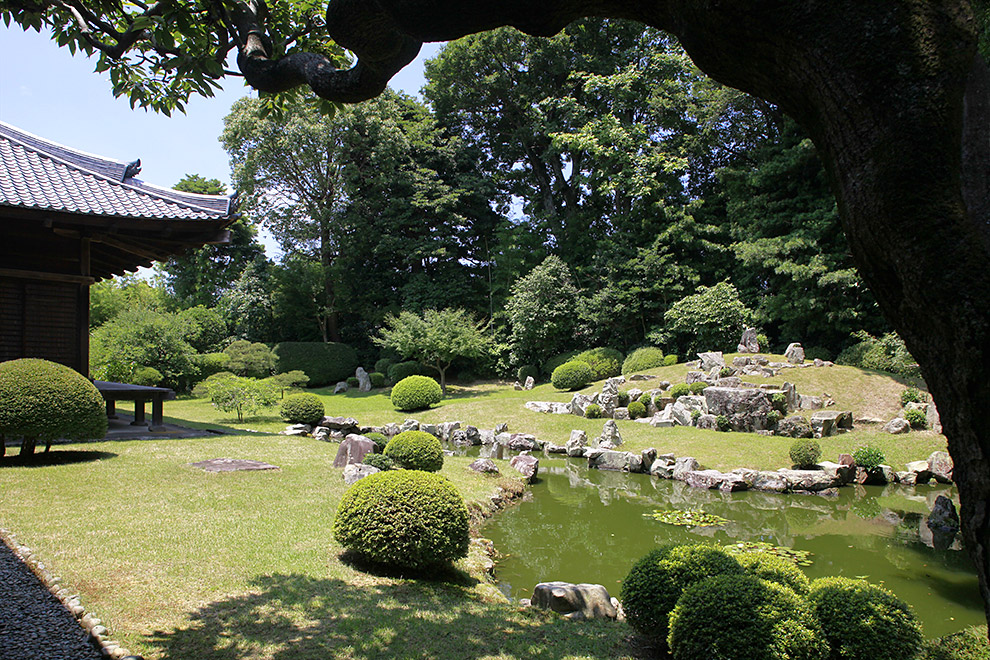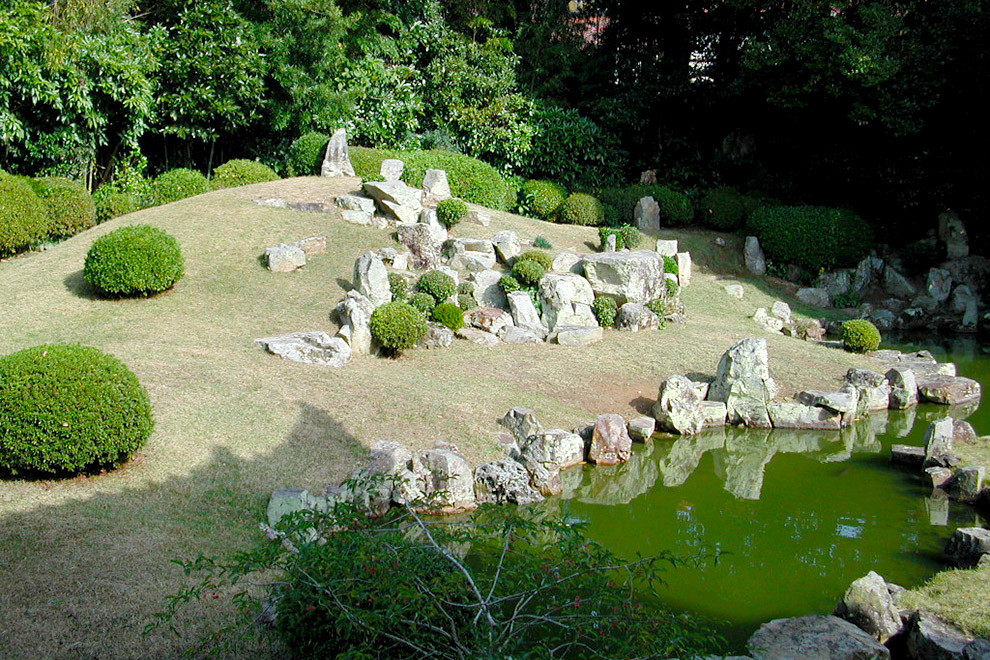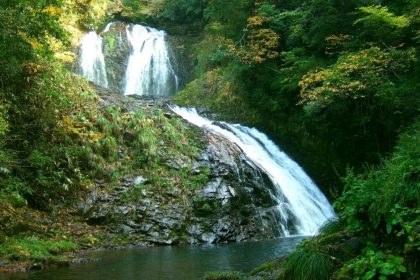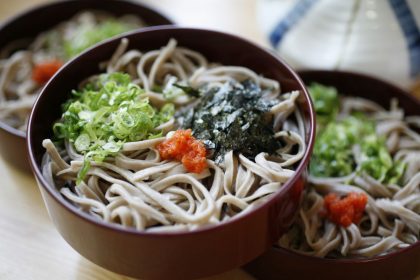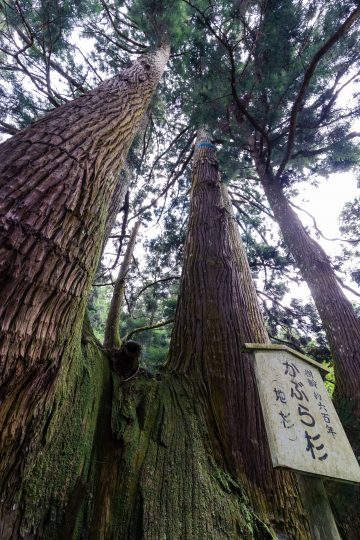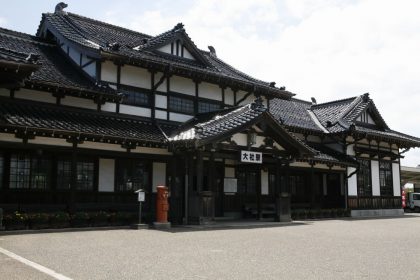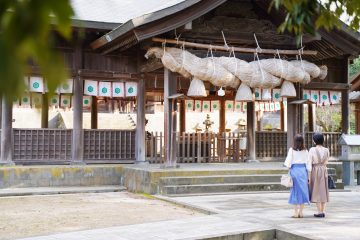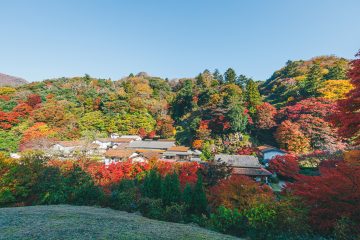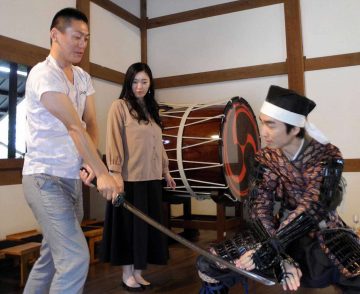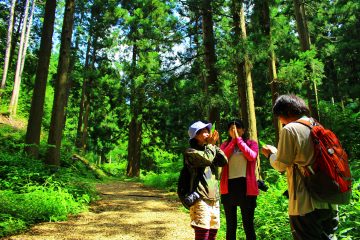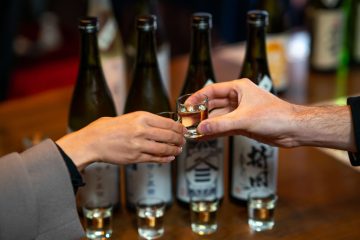Rediscovering Japanese Gardens in Shimane
Seen one Japanese garden, seen them all? Think again. Shimane showcases the wonderful variety of Japanese gardens and the many different forms they can take.
More than Meets the Eye
Picture a Japanese garden. Probably, you have a fixed image of what one looks like – pine trees, some carp, and maybe something seasonal, like cherry blossoms or autumn leaves. In fact, they are incredibly diverse, not only in terms of their features and flora, but the philosophy behind them as well. Is a garden best viewed from a distance or from within? Should it be a meticulously managed work of art or an unembellished reflection of nature and life? Must it adhere strictly to traditional aesthetic values or should it continually incorporate contemporary culture?
Experiencing different styles of garden will give you a greater appreciation of each one, and among the best places to do this is Shimane Prefecture, home to gardens that took two of the three top spots in the Journal of Japanese Gardening’s 2019 rankings. I went to Shimane to explore its gardens – and the different concepts they embody – for myself, and my visit opened my eyes and my mind.
Experiencing different styles of garden will give you a greater appreciation of each one, and among the best places to do this is Shimane Prefecture, home to gardens that took two of the three top spots in the Journal of Japanese Gardening’s 2019 rankings. I went to Shimane to explore its gardens – and the different concepts they embody – for myself, and my visit opened my eyes and my mind.
Adachi Museum of Art: Pictures of Perfection
The Adachi Museum of Art was founded by self-made businessman Adachi Zenko to house his large collection of artworks, particularly works by Yokoyama Taikan, a master of modern nihonga. The museum’s breathtaking gardens, which have been ranked first by the Journal of Japanese Gardening every year since 2003, were designed to both complement Yokoyama’s works, and serve as works of art themselves.
At various carefully considered angles in between the exhibits, there are glass walls and windows with deliberately exaggerated frames that turn the gardens into “living” paintings. Contributing to this still-life effect is the painstaking work of the gardening team, and the efforts of all staff members, who, every morning for the past 50 years, have cleared the garden of any imperfections – fallen leaves, gravel, and so on – before opening.
At various carefully considered angles in between the exhibits, there are glass walls and windows with deliberately exaggerated frames that turn the gardens into “living” paintings. Contributing to this still-life effect is the painstaking work of the gardening team, and the efforts of all staff members, who, every morning for the past 50 years, have cleared the garden of any imperfections – fallen leaves, gravel, and so on – before opening.
Yuushien: Traditional Beauty, Fresh Ideas
A promenade garden centered on a large pond, Yuushien was designed to be enjoyed up close and with all one’s senses. It features many classic elements of Japanese gardens such as seasonal flowers, babbling streams, stone and wooden bridges, and karesansui rock gardens. While preserving this underlying heritage, the garden has also continued to evolve and incorporate modern technology and contemporary culture, such as misting devices (summer/autumn), night-time illumination (autumn/winter), artist collaborations, and even projection mapping and laser lighting.
Traditionalists, rest assured. Apart from a bit of artificial mist, you can still see the garden in its conventional form in the daytime. For those intrigued by the fusion of the traditional and the modern, I recommend spending both day and night there to witness the stunning transformation the garden undergoes. The garden also holds spectacular events, such as the floating of thirty-thousands of peonies on the pond in spring and dahlias in autumn.
Traditionalists, rest assured. Apart from a bit of artificial mist, you can still see the garden in its conventional form in the daytime. For those intrigued by the fusion of the traditional and the modern, I recommend spending both day and night there to witness the stunning transformation the garden undergoes. The garden also holds spectacular events, such as the floating of thirty-thousands of peonies on the pond in spring and dahlias in autumn.
Minamikan: Striking Simplicity
I also stopped by Matsue, a picturesque former castle town that combines historical buildings with chic modern architecture and a down-to-earth, everyday vibe. There I visited Minamikan, a traditional ryokan founded in 1888, to see its semi-hidden garden, which came third in the Journal of Japanese Gardening 2019 ranking of Japanese gardens. The garden’s streamlined simplicity in a compact space makes it all the more dramatic. You can also admire this striking view of white sand and green pines, set against the backdrop of the blue waters of Lake Shinji, from the guest rooms or the garden restaurant.
Chorakuen: Unparalleled Serenity
Another magnificent promenade garden I visited was in Tamatsukuri Onsen, a 1,300-year-old hot spring resort area just outside central Matsue. This expansive, 33,000-square-meter garden forms the central part of Yunosuke’s Hotel Chorakuen, a traditional Japanese inn founded in 1868 that is home to Japan’s largest open-air mixed-gender bath. The garden’s beauty is designed to be admired both from up close, perhaps on a leisurely post-bath stroll, and from a slight distance, such as your guest room, the restaurant or one of the hotel’s many baths. What could be more peaceful than a deep soak in natural hot spring waters coupled with the serenity of a traditional Japanese garden?
Ikoji and Manpukuji: Secret Sanctuaries
Lastly, we have two hidden spiritual gardens in Masuda at Ikoji and Manpukuji, Buddhist temples that were built in the late 1300s. Though magnificent, they are known by only a few in Japan, and hardly anyone outside the country. These gardens were commissioned in the late 1400s by Sesshu Toyo, a master ink painter, accomplished poet and Buddhist priest.
Tucked away behind Ikoji is a compact garden that is wonderfully austere, accented by a 470-year-old weeping cherry tree. Looking out from the dim light of the temple, the garden stretching out in front of you and trees towering above, time seems to stand still. Meanwhile, the garden at Manpukuji, though simple and unadorned in appearance, is cosmic in scale, representing the nine mountains and eight seas of the Buddhist universe. The pond, separating the garden from the temple, symbolizes the divide between heaven and earth.
Tucked away behind Ikoji is a compact garden that is wonderfully austere, accented by a 470-year-old weeping cherry tree. Looking out from the dim light of the temple, the garden stretching out in front of you and trees towering above, time seems to stand still. Meanwhile, the garden at Manpukuji, though simple and unadorned in appearance, is cosmic in scale, representing the nine mountains and eight seas of the Buddhist universe. The pond, separating the garden from the temple, symbolizes the divide between heaven and earth.





















